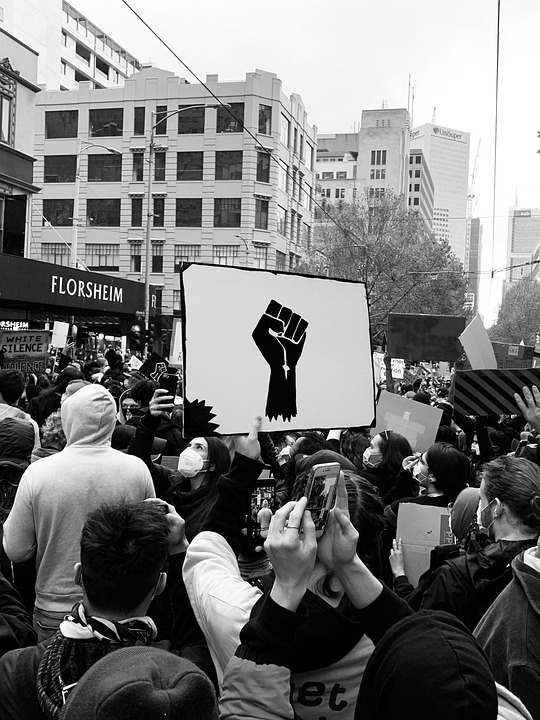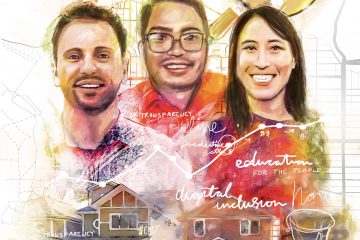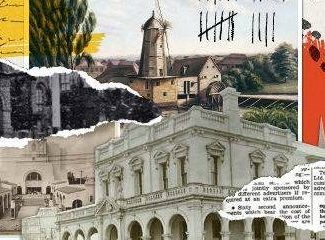While it’s been 8 years since the establishment of Black Lives Matter, it was on May 25, 2021, in the middle of a worldwide pandemic, that George Floyd was murdered while in police custody. Suddenly the Black Lives Matter movement was thrust into the spotlight beyond what many thought of as activism from select groups within the Black community. The world seemed to wake up (AKA we all got “woke”). Difficult conversations were being had around the dinner table and worldwide protests were organized in support of systemic change – change that the Black community has been demanding for centuries.
In all of this, there is a stark reminder that, while certain motivations will never change, activism is definitely not the same as it was 30 or 40 years ago. This is a more modern kind of activism that seems to be driven by technology and information sharing. Where groups before were isolated in their protest, now, there is power in numbers worldwide.
Even though the past year sparked protest all over the world, certain locations will forever be marked by history. So how can we make sure this modern BLM revolution continues? How can we increase empathy between races, culture, politics, and even businesses?
Storytelling.
There are many examples of history being whitewashed in books, games, education, and media. As a result, so many People of Colour don’t see themselves represented as part of history or the stories that are being told today. Each community and culture is tied to specific locations and stories that make it unique. When storytelling is combined with location and there is a way to share these stories with broader audiences, it can be incredibly powerful and have a lasting impact.
While the protests over the past year were all sparked by one incident, each country, city, town, and community has their own stories of injustice they are fighting. And each of these protests is marked by an individual’s sense of community and the injustices they have seen.
But when the message and the stories still need to live on, how do we do that without adding additional burden onto the communities seeking justice? Imagine being able to bridge cultural divides by weaving in stories of the communities who exist in zones of conflict to highlight what they have in common, in a more permanent way. Imagine a locative digital record of the Black Lives Matter movement outside the White House, always present and accessible long after the original protests?
For many, the frustration lies in the fact that the message dies after the physical protests stop. But for change to happen, those stories need to be told over and over.
The Power of Protest & The Power of Change

Last year we saw that the world has the ability to empathise on a deeper level and we have the ability to gather quickly in large numbers. We saw law makers, politicians, and brands pressured to speak up in support of change. Statues of historical figures were toppled (or removed) spurring discussions about what to do with these local landmarks and advisory committees formed to figure it out.
What if BLM took those locations and told a different story – righted the wrongs of the history where the Black community is currently being erased? What if some of the most influential moments in the civil rights movement throughout history were told through the eyes of a community who has felt that pain and passed that pain down from generation to generation?
The dwindling protests from 2020 do not have to mark the end to this modern BLM revolution, nor should it.
Technology Played a Major Role in Connecting Global Communities
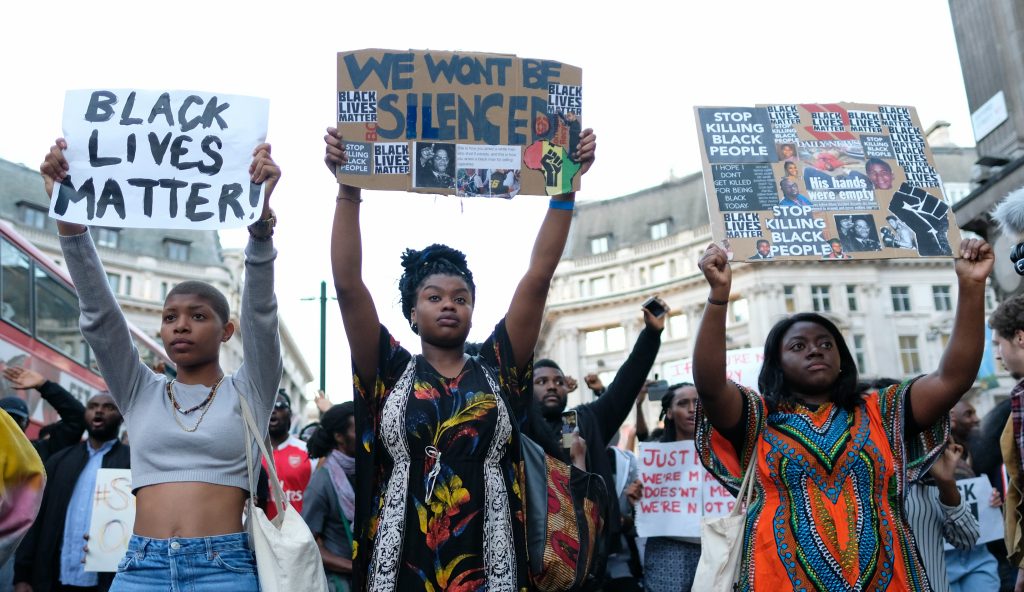
As technology advances, social impact organizations can use it to connect to a broader community. A brave teenager, Darnella Frazier, made it possible for the world to come together using her phone camera.
Throughout the past year, social media has been at the centre of the protests, adding another layer to how the global community could show support. #BlackOutTuesday, however misguided, showed that there was a role for social media to play – but it needed to be one of education, not traditional activism. Black voices were thrust into the spotlight with a series of takeovers on larger influencer accounts. In spite of some of the bumps along the way, technology was ultimately what drew the global community together because we could all experience the same emotions at the same time.
One major challenge with relying so heavily on social media and the daily news cycle for online outlets is that it can be hard to keep important issues and stories at the forefront without having them pushed down the feed. We don’t want to be back to before all of the worldwide protests, losing the work that was done in the past year and placing the burden on individuals within the Black community to ‘maintain’ awareness.
We can provide better support as a greater society, we must.
How Can Technology Be Used Moving Forward?
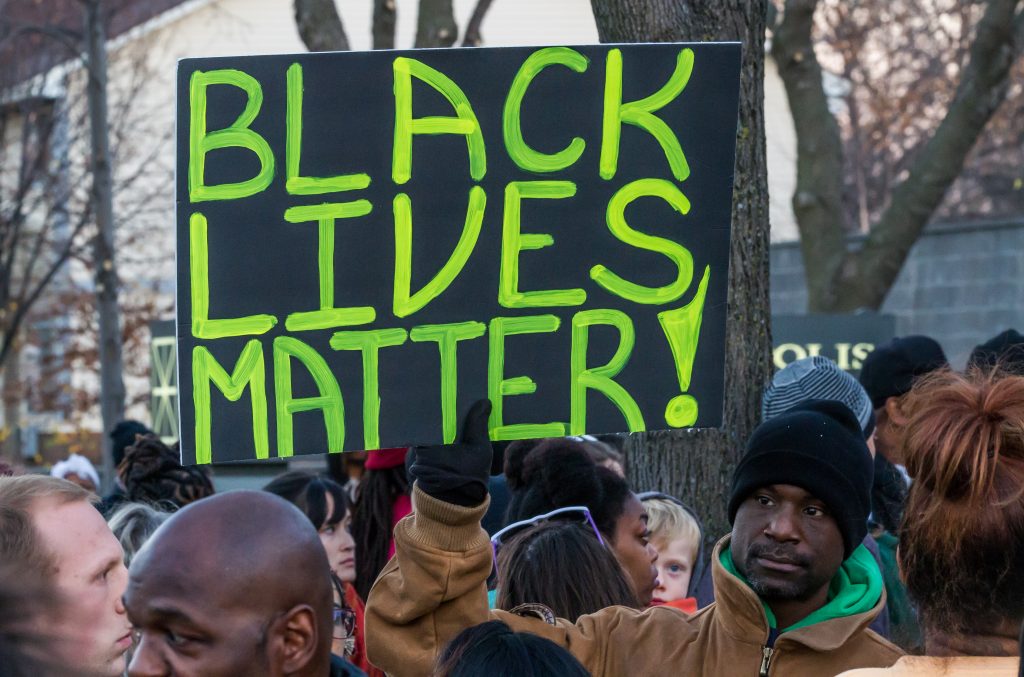
So many factors contribute to a cause. Last year’s BLM revolution was characterized by many different factors. We were in the height of an emotionally charged pandemic, connection via social media. All contributed to the swell of support – but it can be hard to keep the pressure from protest alive without hundreds of thousands marching in support constantly.
How do you get the public to empathise with the group of people you’re trying to help? And how do you then take the public from empathy to action? Technology has advanced past social media, but most social impact organizations don’t know how to use it for their cause, don’t have access to easy-to-use technology, or they don’t have the funding for it. We need to go beyond simply posting content to social media to creating immersive experiences that put the public in the shoes of your cause.
We Want to Help Build This Social Change
The Story City Social Impact Program was designed to work with community and social impact organizations who are helping marginalised people, and those in need, to have their voice heard. Thanks to volunteers, we are able to offer over 50 hours of production and editorial support from talented Story City Community Mentors to create highly interactive content for social impact projects. We want to find ways to further the protests and keep the fire burning until change happens on a deeper, systemic level.
Looking back on the past 12 months, the Story City team knows how important the BLM stories are – how important it is that they are told in a more permanent yet digital way. If you are a part of this movement, whether you made, collected or curated your stories, please connect with us. We want to help make sure these stories can be experienced, in the locations they happened, long past the time when people first gathered to march for equality and change.
For more details and application information, click here. Or if you want to become a community mentor to volunteer your time to help make sure these stories live long past the movements that sparked them, please learn more here.
